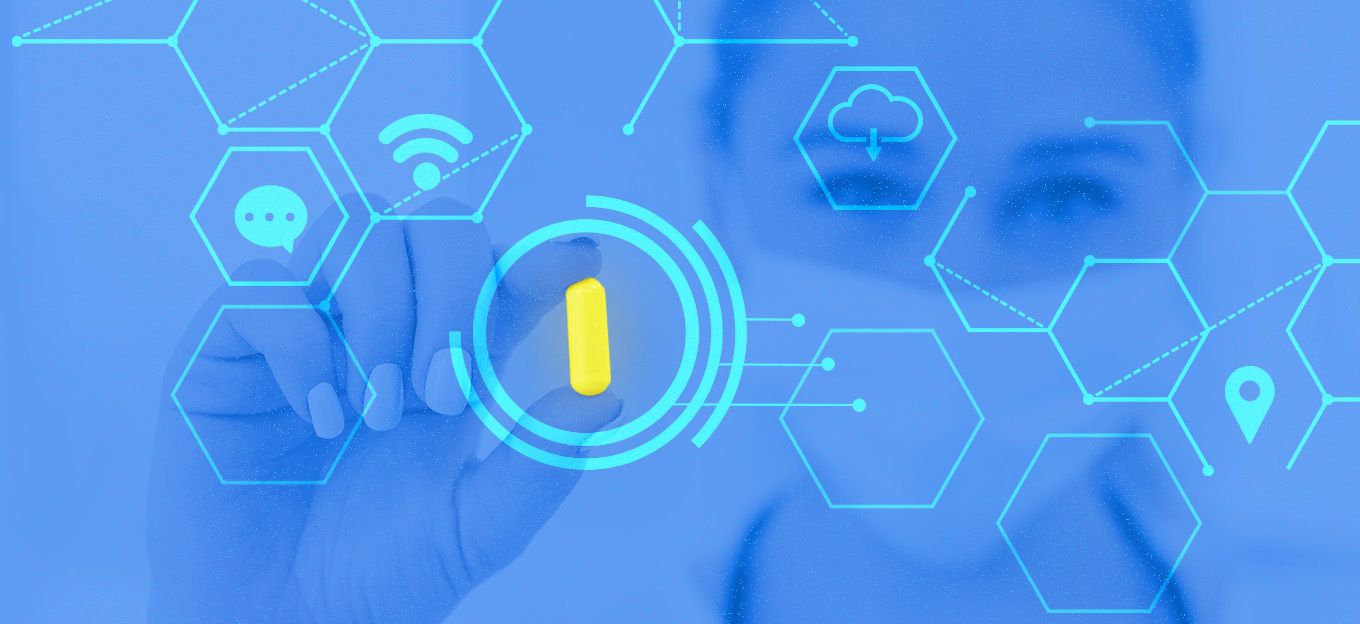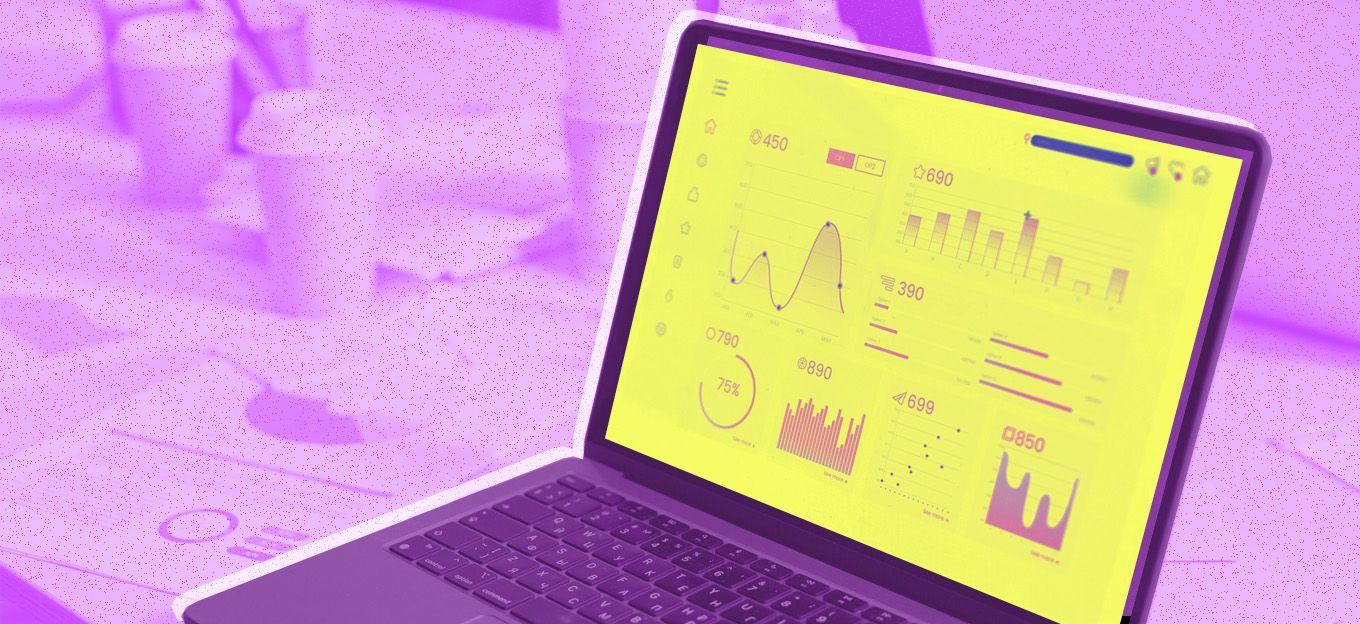LiveWorx 2018 Recap, IoT Advances and the Internet of Medical Things
LiveWorx 2018 Recap, IoT Advances and the Internet of Medical Things
- Last Updated: December 2, 2024
Irma Rastegayeva
- Last Updated: December 2, 2024



What is LiveWorx?
Last month I had the pleasure of presenting at LiveWorx 2018, PTC’s annual conference. In the words of the organizer, it’s “the world’s most respected digital transformation conference and industrial marketplace”. This year, there was a significant increase in the number of speakers presenting across more than 230 breakout sessions. These included presentations, panels, Applications discussions and working groups.The conference’s exhibition floor reflected a broad range of cutting edge technologies being used across domains, be it manufacturing, transportation, medicine, education, or others. Of note was a popular display of robotics in Intelligent Manufacturing, from testing and packaging to assembly operations to additive manufacturing. Notably absent were the tech giants, like Amazon and Microsoft. There was a large presence of AR/VR technologies, and there was even a PTC Reality Lab featuring the Reality Editor.
The Industrial Edge Podcast
[caption id="attachment_18129" align="alignright" width="285"]
I caught a glimpse of the taping of a brand new podcast series. In The Industrial Edge Podcast, Tamara McCleary interviews industry visionaries and technology experts in disruptive technologies like AR/VR, IoT, Robotics, AI, Mobility and more. One of the people she interviewed for the inaugural podcast was Evan Kirstel, Co-Founder and Chief Digital Evangelist of eViRa Health. Evan shared his thoughts on technology advancements in areas of Digital Health, IoT, Cloud and Telemedicine.
I asked Evan to share his impressions of LiveWorx 2018. “It was another big year for IoT, particularly in the industrial applications like connected factory and process automation.” The move from Industry 3.0 to 4.0, called the next industrial revolution, was in full force. “Robots in the industry is nothing new, but connected robots collaborating with each other is exciting. End-to-end supply chain, connected and managed with the IoT - that’s powerful!”
[caption id="attachment_18131" align="aligncenter" width="4024"]

Another area where Internet of Things technology has been increasingly used and has a tremendous potential is Healthcare. Evan and I presented this topic to a receptive and engaged audience at LiveWork 2018.
Internet of Medical Things: The Bright Future of IoT in Healthcare
What is IoMT?
Internet of Medical Things (IoMT) is the application of IoT technologies in healthcare. IoMT, also known as “connected health”, is an enabling technology for an era of truly personalized, data-driven preventive medicine. This network of connected devices senses and communicates health-related data in real time, allowing for highly personalized insights and accommodating individual needs.IoMT has the potential to enable the paradigm shift in healthcare from treatment of disease and symptom management to focus on prevention and empowering the individual to be in control of their health. In the process, connected health will improve availability, delivery, and affordability of healthcare.
Consumerization of Healthcare
The consumerization of healthcare is already underway, people want the tools to stay on top of their health and participate in their healthcare. Only by empowering the individual, will the true proactive healthcare and preventive medicine be possible. IoMT devices, such as wearables, mobile health apps, in-home medical and consumer devices (think Amazon Echo), remote patient monitoring and other devices are already in wide use.While majority is for fitness promotion and tracking, regular health status data and basic vitals, the applications of IoMT devices are steadily increasing. They form a unique digital fingerprint, which over time grows more meaningful and eventually produces actionable insights.
Through feedback loops, health outcomes can be monitored and used to improve treatment plans. IoMT enables real-time medical interventions to be delivered in response to vital data changes, potentially preventing medical crisis.
IoMT Innovation Review
This is a lightning quick overview of the state-of-the-art deep dive we presentedThe Internet of Things truly has become the Internet of EVERYTHING. In other words, everything is now on the internet. One such example is TELE-everything. Telemedicine have expanded from radiological image transmissions and a virtual visit to a dermatologist, to now span a variety of medical fields, from mental health to surgery to medical education.
The emergence of 5G as an enabling technology offers new avenues for the delivery of healthcare. The rise of the Do It Yourself (DIY) movement brought open source brain scanner, heart rate monitor and other advances. Virtual and Augmented Reality empowers surgeons and other health professionals to explore human body in great detail and enhance medical education.
Futuristic Health Pods offer a one-stop vitals measurement and health diagnostic solution. Pen-packaged meds represent new form factors for medication delivery, for portability and rapid use on a battlefield or in an emergency. Swallowable robots and sensors deliver diagnostics capabilities from inside the human body.

Challenges and Opportunities Ahead
Predictive science will become an integral part of medical care. With deeper understanding of genetics, social determinants of health, disease onset and progression, human behaviour and impact of lifestyle choices on health, the truly holistic approach to human health will deliver better outcomes.This emerging technology of IoT applications in healthcare is not without its challenges. There are serious compliance and security challenges of connected health devices. There have also been some roadblocks to technology adoption in the healthcare industry. Despite this, there is significant recent research in sensors, networks, cloud, mobility and big data domains, demonstrating maximum IP coverage by companies.
Internet of Medical Things (IoMT) is still a nascent application of IoT in healthcare, but it is growing rapidly. IoMT is an enabling technology for personalized, data-driven preventive medicine. Consumerization of healthcare and empowerment of the individual to control their health are accelerating the wider acceptance of connected health.
The Most Comprehensive IoT Newsletter for Enterprises
Showcasing the highest-quality content, resources, news, and insights from the world of the Internet of Things. Subscribe to remain informed and up-to-date.
New Podcast Episode

The State of Cybersecurity in IoT
Related Articles




